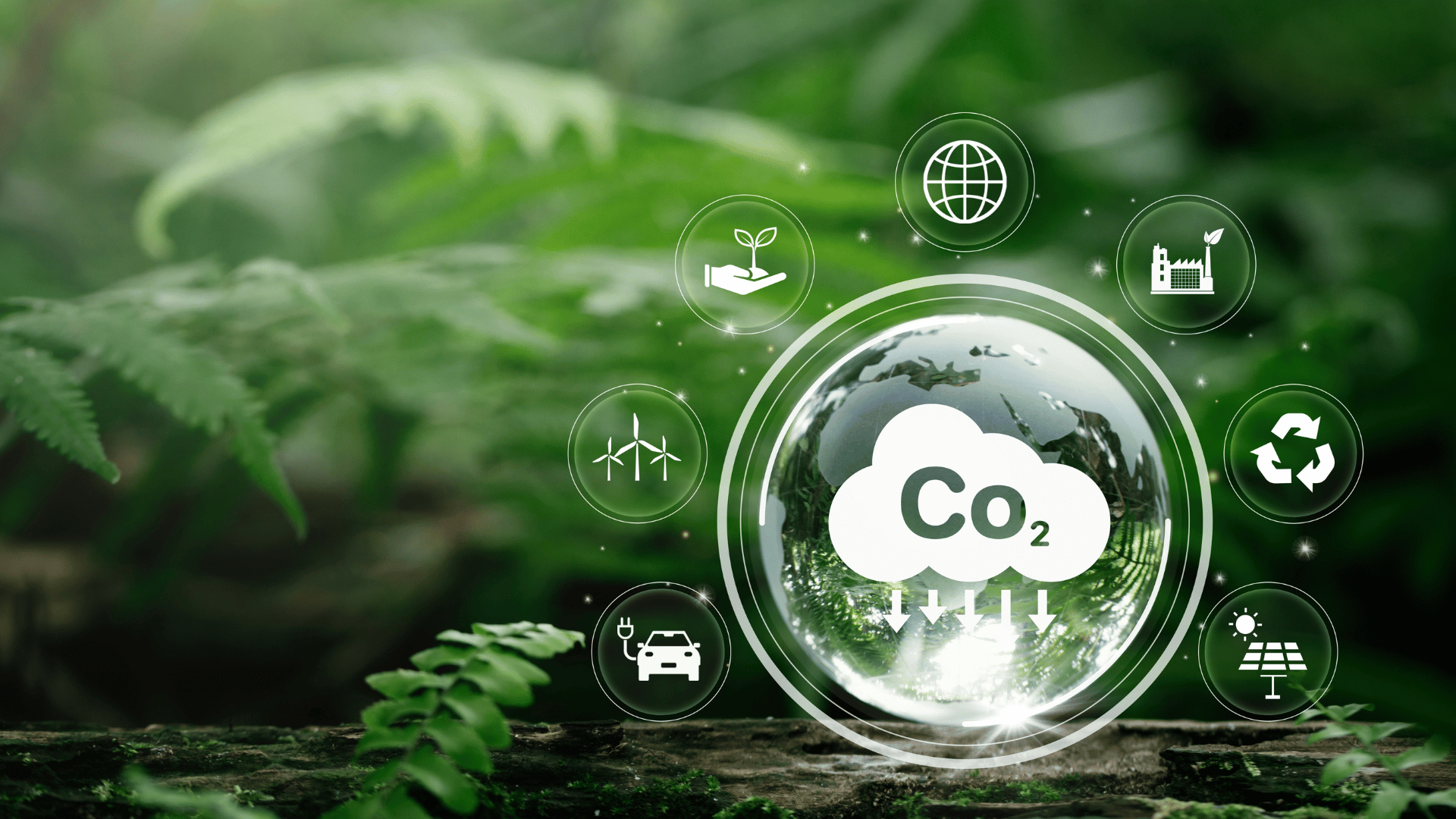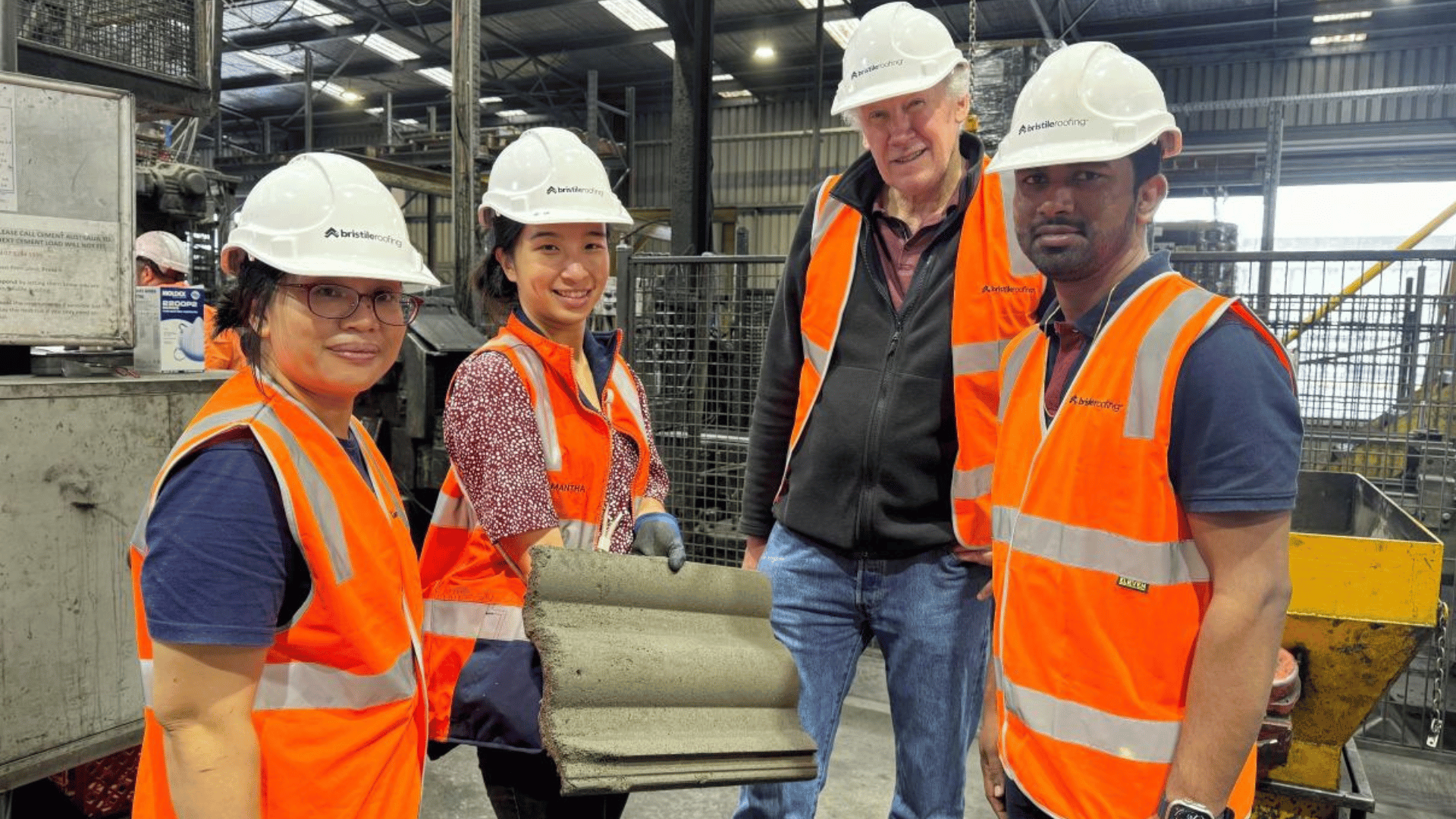Scientists were inspired by plants to develop a system that uses sunlight to capture carbon dioxide from the air. The innovation addresses a significant issue in current carbon capture methods, which rely on fossil fuels.
Advancing Carbon Capture Methods

Current carbon capture methods depend on technologies that harm the environment, such as fossil fuel-driven energy. As a result, a method driven by renewable energy is needed.
Researchers from Cornell University believe that sunlight is the ideal energy source.
However, existing methods primarily capture carbon dioxide in darkness and release it under light exposure. This approach limits sunlight’s potential, including heat management when switching from light to dark states.
Researchers reportedly developed an approach that evenly splits energy demands between the carbon capture and release stages. Their technique uses a simple and affordable chemical called 2-methylbenzophenone. According to the researchers, the chemical “effectively absorbs carbon dioxide under visible sunlight.”
In the report, the researchers state that the chemical is a “stable yet reactive enol molecule.” As a result, the scientists can mimic a plant-like process by capturing carbon dioxide. Additionally, they do it efficiently and sustainably.
Bayu Ahmad, a graduate student, proposed the innovative concept. Before testing the idea, Phillip Milner, an associate professor at Cornell’s College of Arts and Sciences and the study’s senior researcher, doubted Ahmad’s work’s practicality. However, the testing showed how well it actually worked.
“From a chemistry standpoint, this is totally different than what anybody else is doing in carbon capture,” explained Milner. “The whole mechanism was Bayu’s idea, and when he originally showed it to me, I thought it would never work. It totally works.”
Put to the Test
The Cornell team tested their system using real flue gas from Cornell’s Combined Heat and Power Building. This facility is powered by natural gas, mirroring real-world industrial scenarios. The researchers said it made an ideal testing ground. According to the report, the process successfully isolated the carbon dioxide despite the impurities commonly found in industrial emissions.
They say this step was critical because many lab-developed methods fail when they face contaminants.
“We’d really like to get to the point where we can remove carbon dioxide from air, because I think that’s the most practical,” Milner said. “You can imagine going into the desert, you put up these panels that are sucking carbon dioxide out of the air and turning it into pure high-pressure carbon dioxide.”
He continued, “We could then put it in a pipeline or convert it into something on-site.”
The researchers want to go beyond capturing carbon from industrial sources and envision broader applications. For example, gas separation facilities account for about 15% of global energy use, and the team says this method could significantly reduce that number.
Milner added, “There’s a lot of opportunity to reduce energy consumption by using light to drive these separations instead of electricity.”
According to the Cornell researchers, the method avoids the intense energy required to heat and manage the captured carbon dioxide. Additionally, it maintains a constant temperature, eliminating energy-intensive heat regulation.







